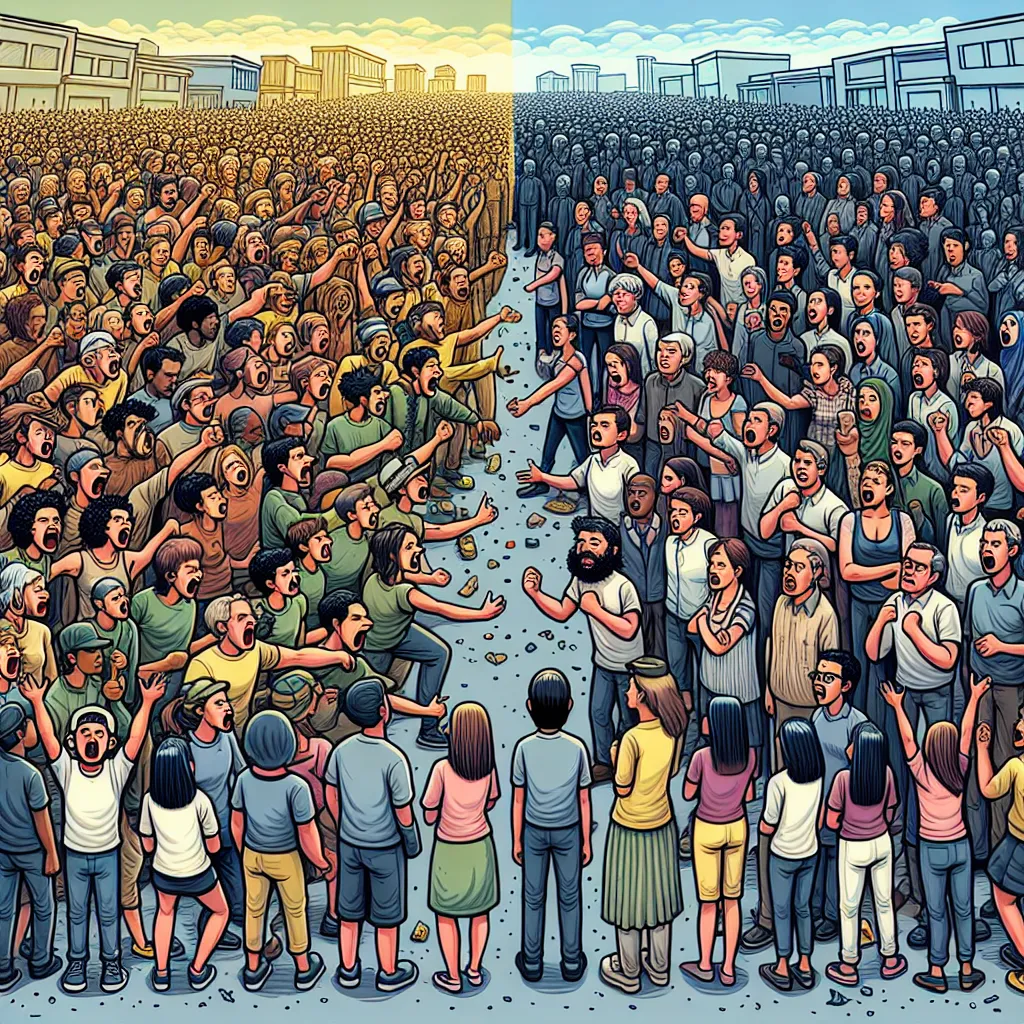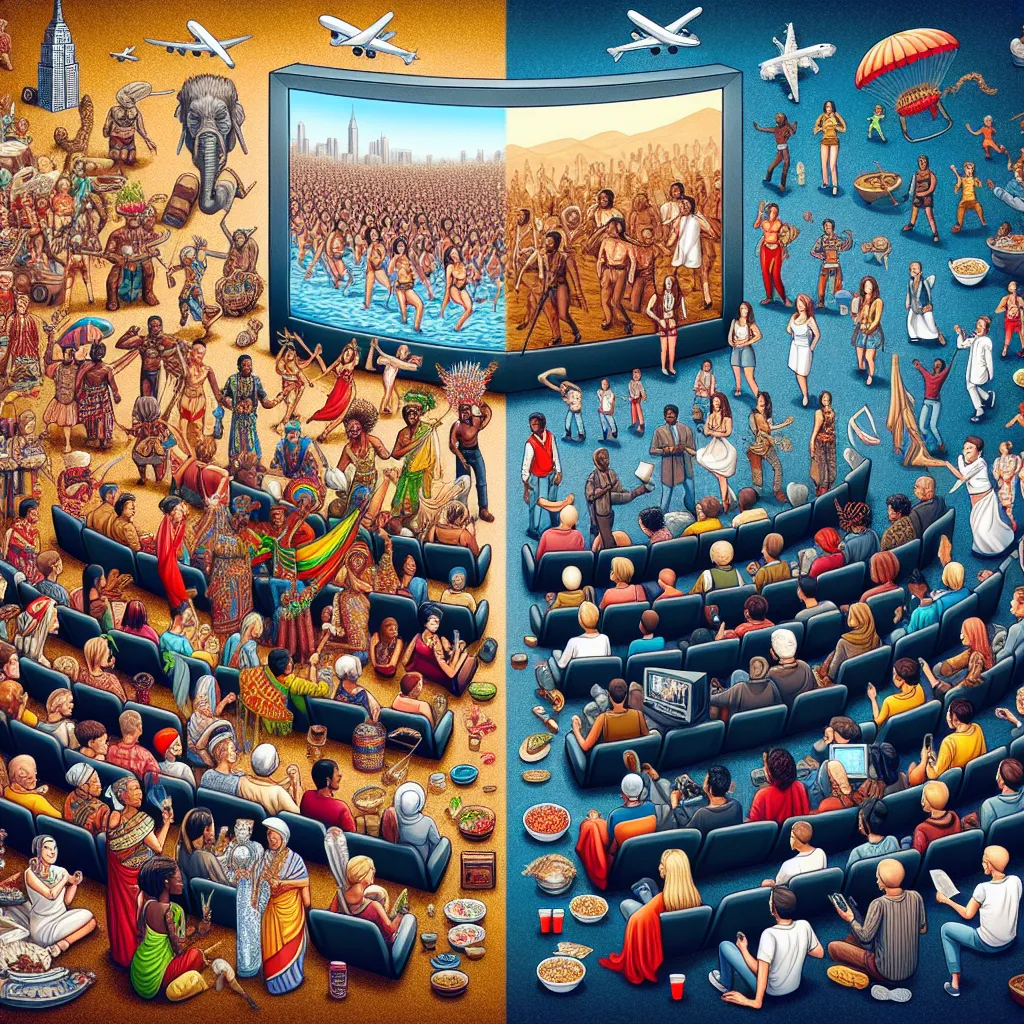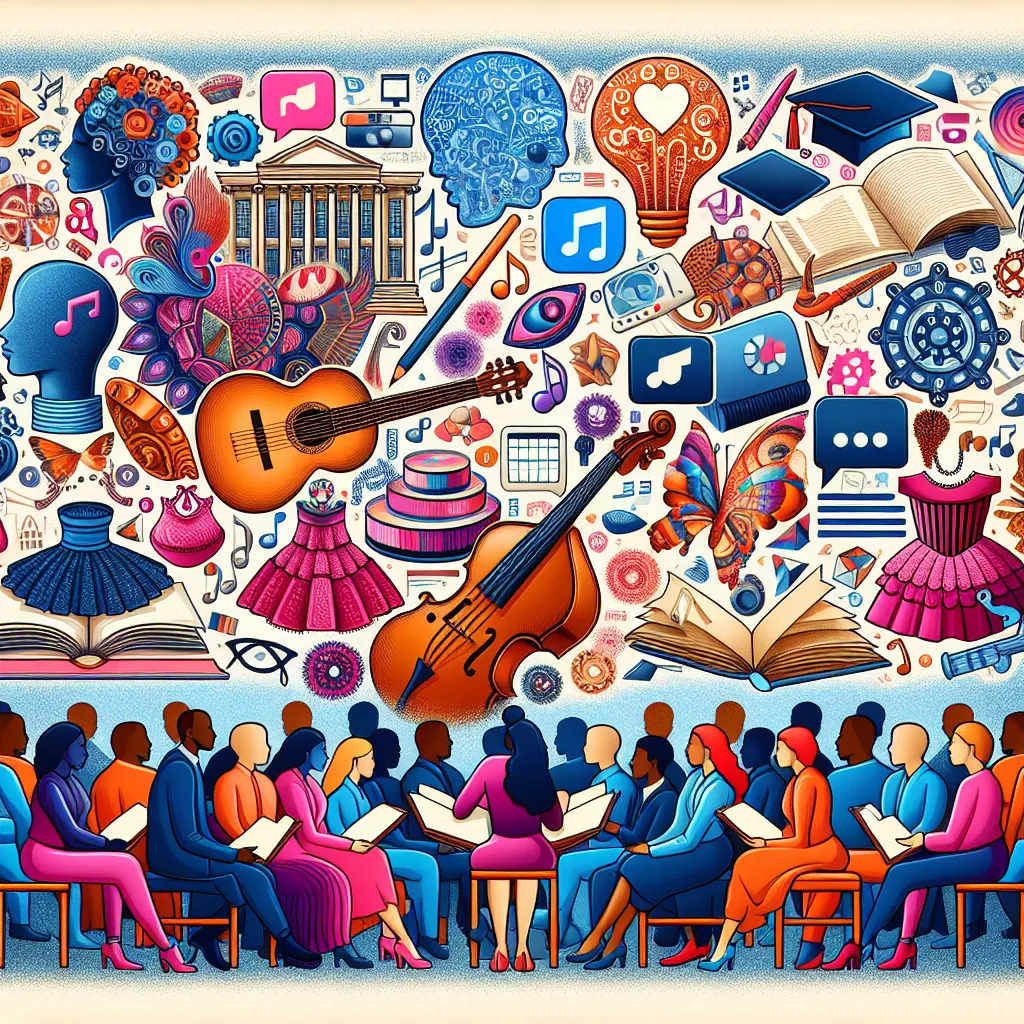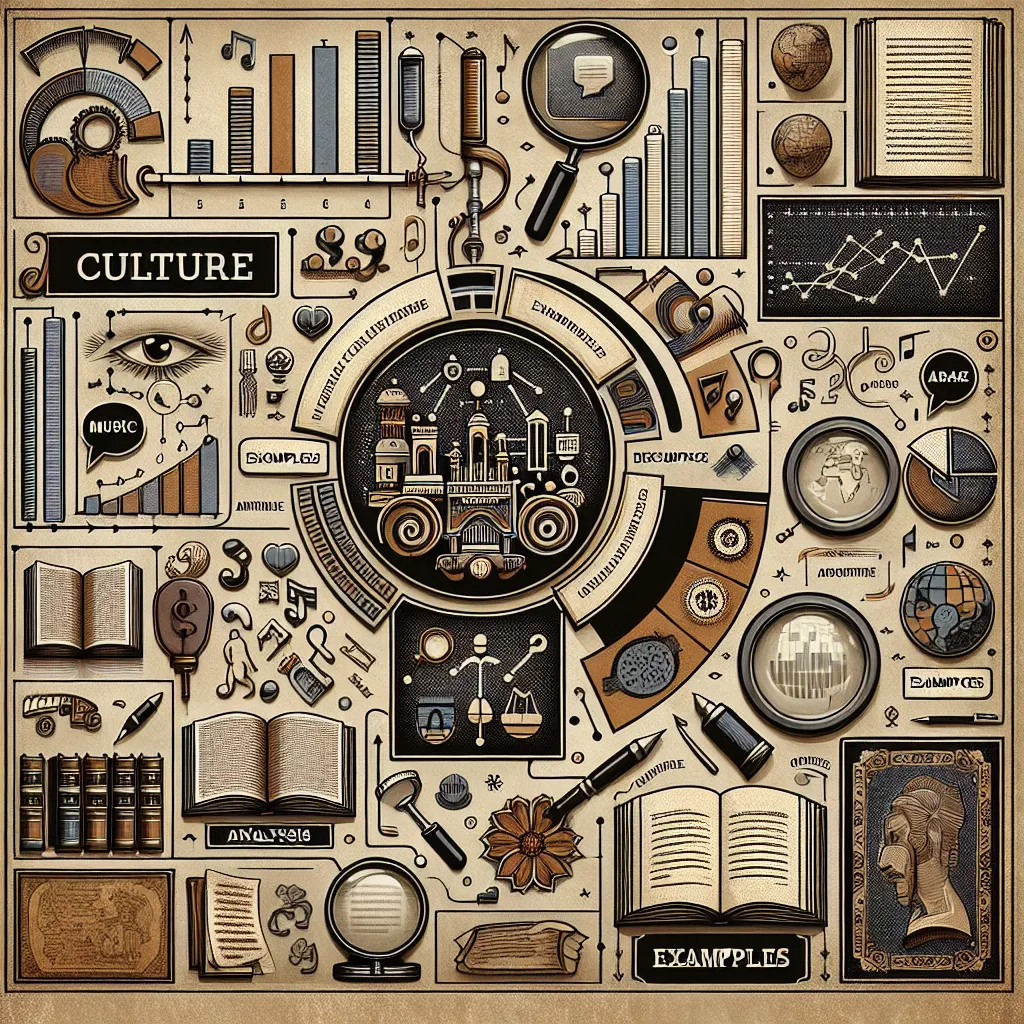Ask AI on The Internet
Question: According to Hannah Arendt, what is the distinction between the mob and the masses?
Hannah Arendt, a prominent 20th-century philosopher and political theorist, makes a clear distinction between "the mob" and "the masses" in her analysis of totalitarianism and political movements. 1. **The Mob**: - **Nature**: The mob consists of groups of disaffected and disgruntled individuals who react against the status quo but often lack a coherent ideology or consistent leadership. They are usually a minority within society. - **Characteristics**: Mobs are driven by emotion, immediate grievances, and often by charismatic leaders. They can engage in violent or disruptive behavior but do not necessarily have a structured or long-term objective. - **Role in Society**: Mobs are often used by political movements or demagogues to incite unrest and challenge existing structures. They can be manipulated to serve the interests of certain factions within a society. - **Connection to Totalitarianism**: In Arendt's view, the mob can be a precursor to totalitarian movements, as it demonstrates the process by which unstable and discontented elements of society are mobilized and exploited by ambitious leaders. 2. **The Masses**: - **Nature**: The masses refer to a larger, more inclusive group in society that feels isolated, disconnected, and powerless in the face of existing political and social structures. This group transcends social classes and encompasses vast demographics. - **Characteristics**: The masses are characterized by a sense of anonymity and alienation. Unlike the mob, members of the masses often do not have a strong sense of belonging or a clear enemy. They are more susceptible to overarching ideologies that promise comprehensive solutions. - **Role in Society**: The masses can be mobilized to support significant social or political changes, often contributing to the rise of large-scale movements. Their collective alienation makes them a fertile ground for totalitarian ideologies. - **Connection to Totalitarianism**: Totalitarian regimes depend on the masses for their power. These regimes promise to address the alienation and disconnection felt by the masses, and they employ propaganda and terror to maintain control and mobilize support. **Summary**: - The **mob** is a smaller, more volatile group characterized by immediate and emotional reactions, often used to incite disruption. - The **masses** are a larger, more abstract demographic characterized by alienation and susceptibility to broad ideological manipulation, essential for the sustenance of totalitarian regimes. Arendt's detailed exploration in works like "The Origins of Totalitarianism" underscores the importance of understanding these distinctions to grasp how destructive political movements can coalesce and gain momentum.
Think your answer is better than the AI's? Post it below.
Question Tags
If you want your question answered by an AI, click here.







Post your own comment: